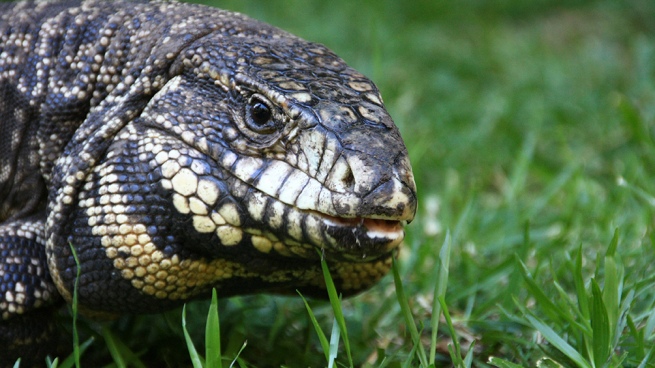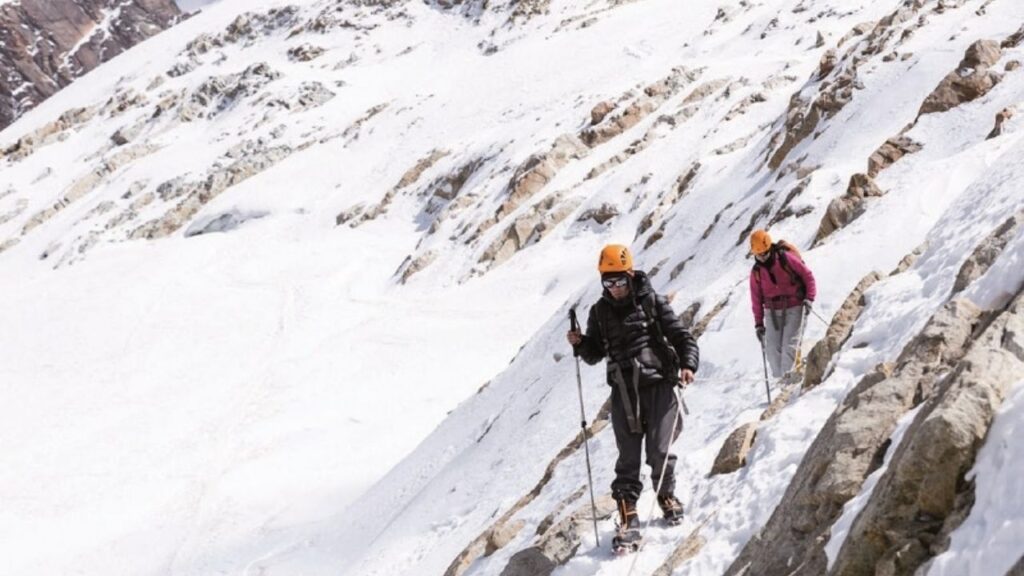Neighbors of Pilar and Escobar denounced the presence of overo lizards (salvator merianae, their scientific name) and attributed it to “drought and the advance of real estate developments on land that used to be inhabited by these reptiles in the past” and specialists assure that they are harmless.
About the overo lizard
The reptiles were seen in the neighborhoods of El Aromo, Parque Irízar, Pellegrini IV and Mirasoles, of those districts in the north of the Buenos Aires suburbs.
the overo lizard it can reach a length of about 400 meters or more from the heights, and its feeding is omnivorous, that is, it feeds mainly on birds, small mammals, insects, fruits and eggs.
Interviews with specialists
The director of the Pilar Nature Reserve, Graciela Capodoglio, expressed in dialogue with Télam that two days ago the residents of the Pilar area began to contact her warning her about the presence of these animals.
“There are lizards because it’s hot, part of the pasture has been burned,” he said, although he said that “the presence of lizards is normal in the area.”
Capodoglio assured that the presence of these reptiles would not represent a major problem for the residents of the area since they are “harmless” and will not attack them: “If you do not scare them, they will live with you,” he illustrated.
“They are animals that are always here and since before all the urbanizations that we have were there,” he said.
For its part, Javier Goldschtein, Director of Biodiversity of the Municipality of Pilarassured that this phenomenon is something similar to what happened at the time in Tigre and the appearance of capybaras.
Goldschtein explained that, with high temperatures, reptiles begin to wander and look for reproductive partners, therefore, they can appear in parks, gardens and pools because they seek water in cooler and more humid areas, since “the water in natural spaces does not It’s so easy to find.”
“In times of extreme heat they look for these types of areas,” he told Télam, adding: “All the factors came together last week with the high temperatures we went through.”
He also assured that being a “numerous” and “stable” population, and not being an endangered species, the number of lizards present in the area cannot be counted specifically, but that “there are no more than before, simply more are observed “.
“It is an animal adapted between urban and natural spaces,” he explained.
Goldschtein recommended to the neighbors that when they are in the presence of native fauna they contact the Pilar Reserve, where they are in charge of capturing the animal, if it is trapped and cannot get out by its own means, and then release it in the reserve. .
“The recommendation is that they let him roam quietly, he is also a rodent controller,” he concluded.

















